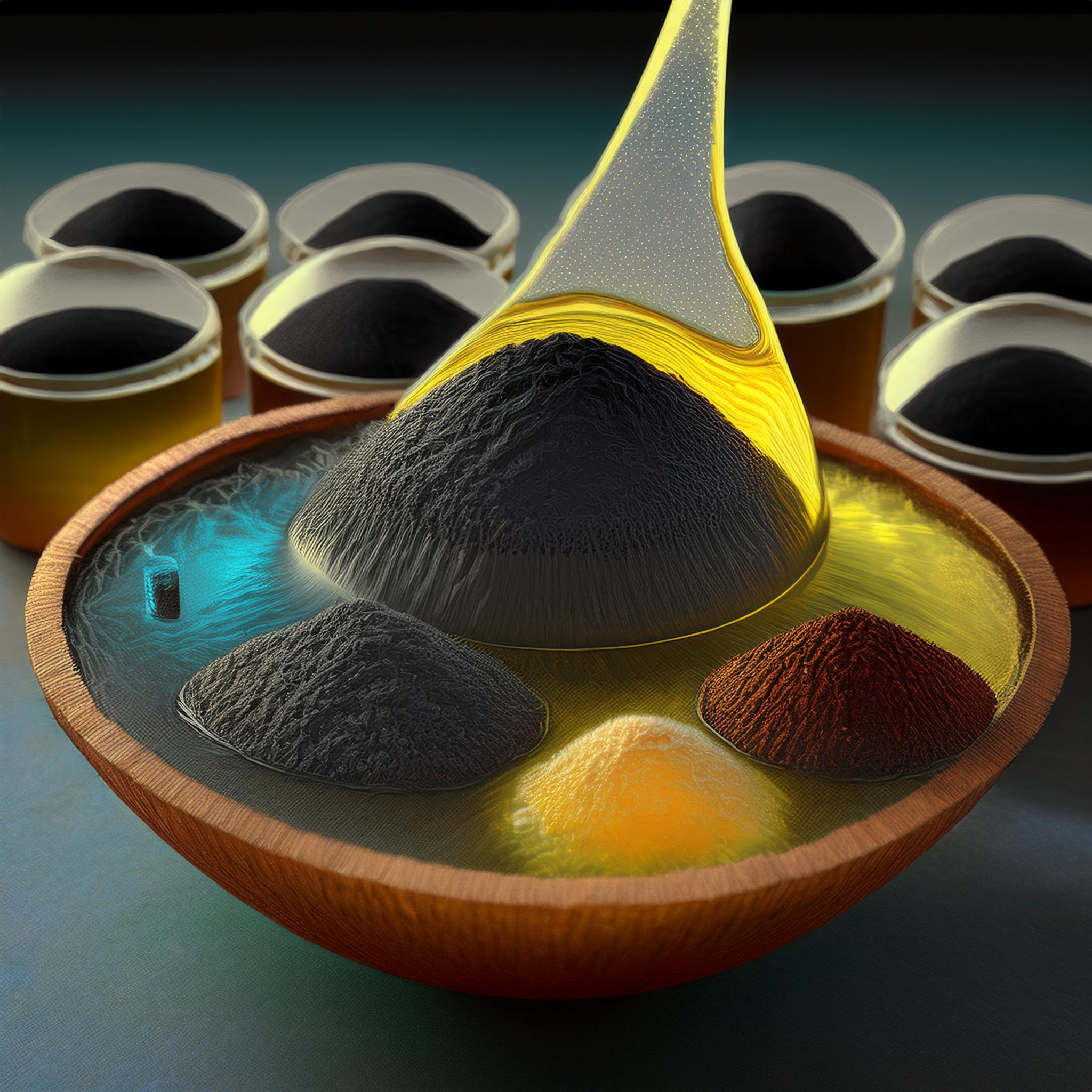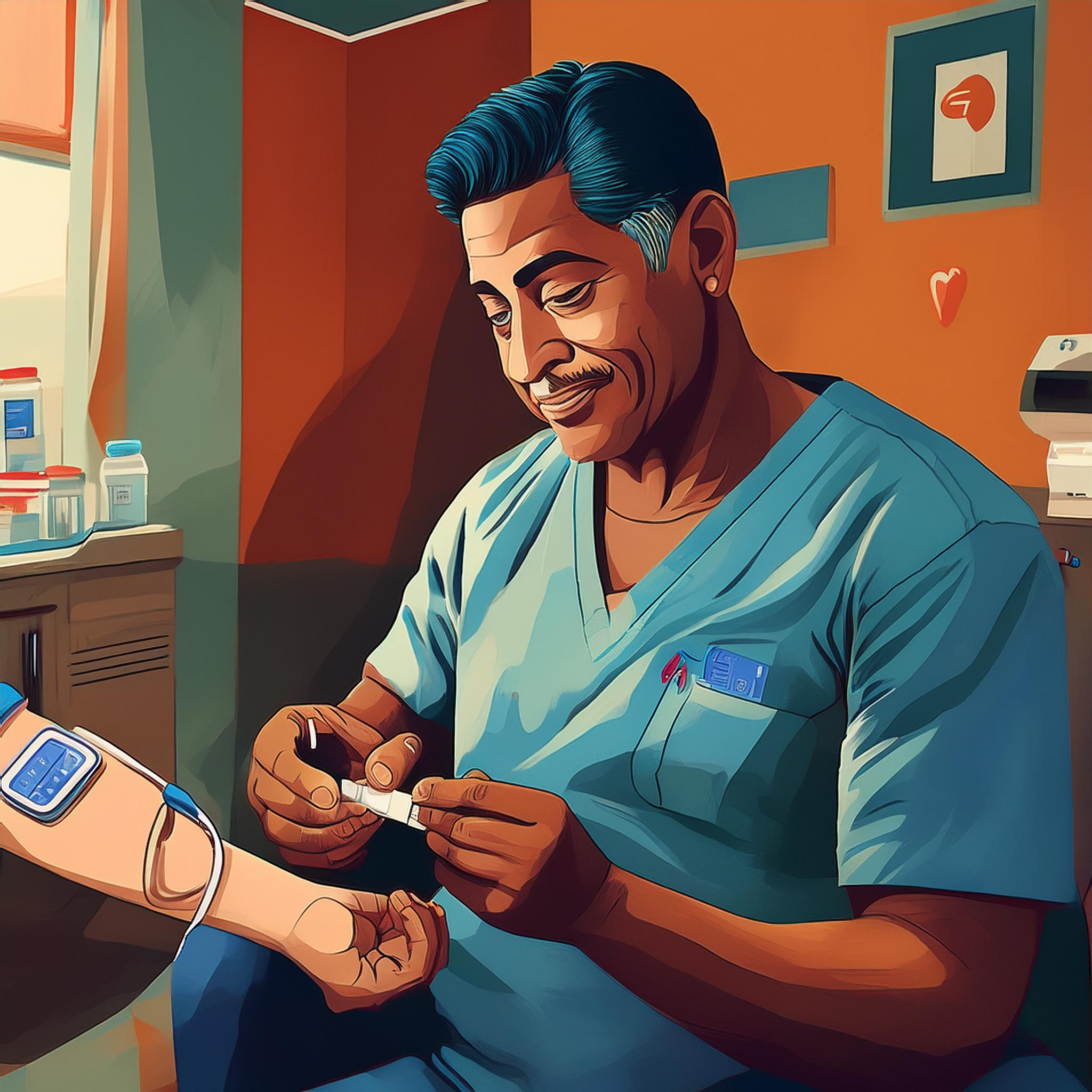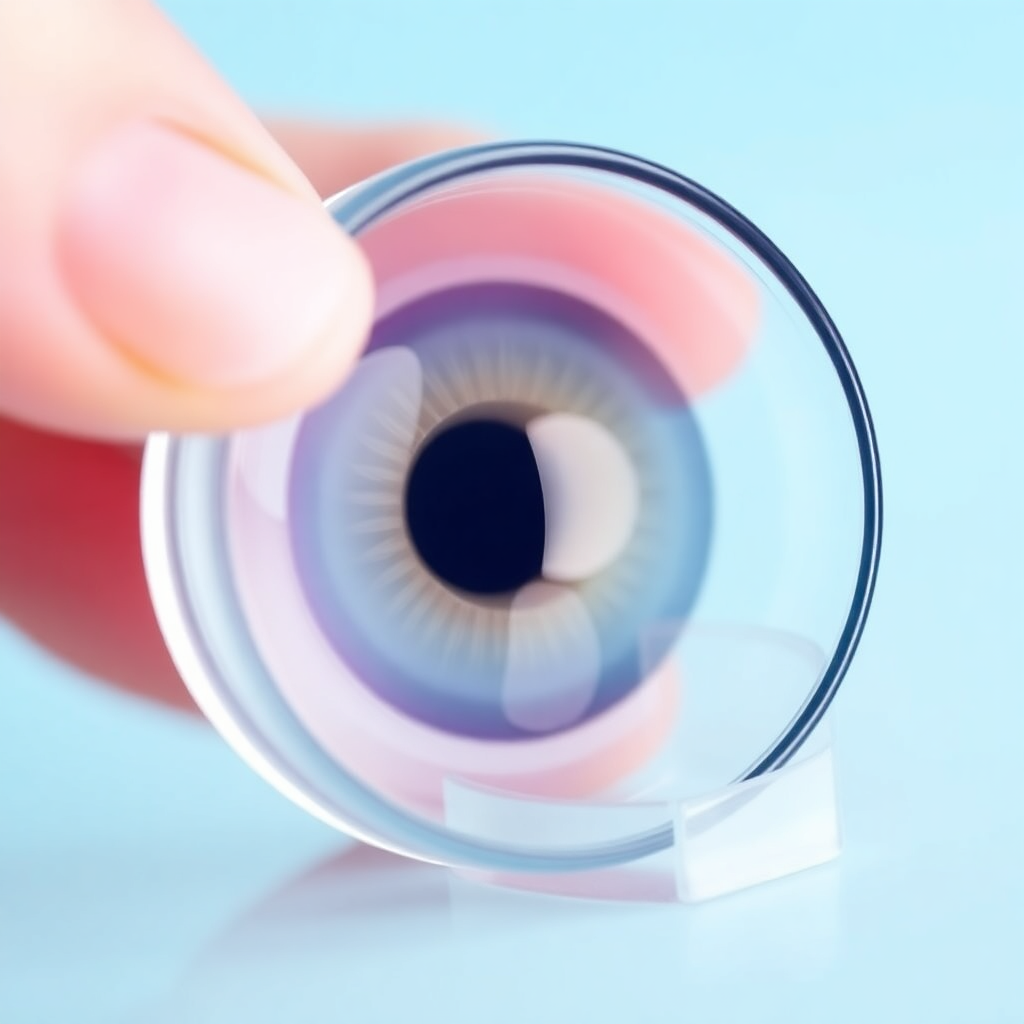Exercise Program: Tai Chi and Cognitive Stimulation to Improve Health Status of Elderly in Nursing Homes
Downloads
The structure of the aging population reflects the higher average life expectancy, which possesses an impact on the emergence of degenerative non-communicable diseases. Promotive effort through an exercise program (tai-chi exercise and cognitive stimulation) is required for the elderly to enhance their physical and mental health. This study aims to determine an overview of the exercise program's effectiveness on the health status of the elderly in nursing homes. The research method administered Quasi experiment with a control group design. The sample was the elderly who live in nursing homes. This study employed simple random sampling with a total sample of 116 people in 2 provinces: DKI Jakarta and South Sumatra Province. The statistical test utilized a t-test and multiple linear regression test. The results revealed that there was a difference in the average value of the health status of the elderly before and after the exercise programs in the intervention group (p-value = 0.001), there was a difference in the average value of the health status of the elderly between the intervention group and the control group after the exercise intervention program (p-value = 0.001), there was a relationship between the length of stay in the orphanage on the health status of the elderly. Recommendation: the resulting exercise program can be employed as complementary therapies replicated more extensively in various health care settings.
Allender, J. A., Rector, C., & Warner, K. . (2014). Community and Public Health Nursing: Promoting the Public Health (8thed ed.). Lippincott Williams & Wilkins.
Baga, H. D. S., Sujana, T., & Triwibowo, A. (2017). Perspektif Lansia Terhadap Aktivitas Fisik dan Kesejahteraan Jasmani di Desa Margosari Salatiga. Jurnal Ilmu Keperawatan Dan Kebidanan, 8(2), 89–99. doi: http://dx.doi.org/10.26751/jikk.v8i2.278
Bestari, B. K., & Wati, D. N. K. (2016). Penyakit Kronis Lebih dari Satu Menimbulkan Peningkatan Perasaan Cemas pada Lansia Di Kecamatan Cibinong. Jurnal Keperawatan Indonesia, 19(1), 49-54. doi: http://doi.org/10.7454/jki.v19i1.433
Djawa, Y. D., Hariyanto, T., & Ardiyani, V. M. (2017). Perbedaan Kualitas Tidur Sebelum Dan Sesudah Melakukan Relaksasi Otot Progresif Pada Lansia. Nursing News: Jurnal Ilmiah Keperawatan, 2(2),169-177.
Guan, Y., Hao, Y., Guan, Y., & Wang, H. (2020). Effects of Tai Chi on essential hypertension and related risk factors: A meta-analysis of randomized controlled trials. Journal of Rehabilitation Medicine, 52(5), 1-12. doi: https://doi.org/10.2340/16501977-2683
Hall, A., Copsey, B., Richmond, H., Thompson, J., Ferreira, M., Latimer, J., & Maher, C. G. (2017). Effectiveness of Tai Chi for Chronic Musculoskeletal Pain Conditions: Updated Systematic Review and Meta-Analysis. Physical Therapy, 97(2), 227–238. doi: https://doi.org/10.2522/ptj.20160246
Hallisy, K. M. (2019). Tai chi: an exercise that promotes optimal aging & well-being. International Journal of Family & Community Medicine, 3(6), 243–246. doi: https://doi.org/10.15406/ijfcm.2019.03.00164
Hosseini, L., Kargozar, E., Sharifi, F., Negarandeh, R., Memari, A. H., & Navab, E. (2018). Tai Chi Chuan can improve balance and reduce fear of falling in community dwelling older adults: A randomized control trial. Journal of Exercise Rehabilitation, 14(6), 1024–1031. doi: https://doi.org/10.12965/jer.1836488.244
Kang, H. W., Park, M., & Wallace, J. P. (2018). The impact of perceived social support, loneliness, and physical activity on quality of life in South Korean older adults. Journal of Sport and Health Science, 7(2), 237–244. doi: https://doi.org/10.1016/j.jshs.2016.05.003
Kelly, A., Conell-Price, J., Covinsky, K., Cenzer, I. S., Chang, A., Boscardin, W. J., & Smith, A. K. (2010). Length of stay for older adults residing in nursing homes at the end of life. Journal of the American Geriatrics Society, 58(9), 1701–1706. doi: https://doi.org/10.1111/j.1532-5415.2010.03005.x
Kementerian Kesehatan Republik Indonesia. (2014). Situasi dan Analisis Lanjut Usia. Jakarta: Pusat Data dan Informasi, Kementerian Kesehatan Republik Indonesia.
Kementerian Kesehatan Republik Indonesia. (2016). Situasi Lanjut Usia di Indonesia. Pusat Data dan Informasi, Kementerian Kesehatan Republik Indonesia.
Kementerian Kesehatan Republik Indonesia. (2018). Hasil Utama RISKESDAS 2018. Badan Penelitian dan Pengembangan Kesehatan, Kementerian Kesehatan Republik Indonesia.
Kementerian Kesehatan Republik Indonesia. (2019). Analisis Kebijakan Mewujudkan Lanjut Usia Sehat Menuju Lanjut Usia Aktif (Active Ageing). Jakarta: Pusat Analisis Determinan Kesehatan, Kementerian Kesehatan Republik Indonesia.
Keswara, U. R. (2017). Hubungan Interaksi Sosial Lansia Dengan Kesepian Pada Lansia di UPT Panti Sosial Usia Lanjut Kecamatan Natar Kabupaten Lampung Selatan Tahun 2015. Holistik Jurnal Kesehatan, 11(1), 66-71.
Kong, L. J., Lauche, R., Klose, P., Bu, J. H., Yang, X. C., Guo, C. Q., ... & Cheng, Y. W. (2016). Tai Chi for chronic pain conditions: a systematic review and meta-analysis of randomized controlled trials. Scientific reports, 6(25325), 1-9. doi: https://doi.org/10.1038/srep25325
Lindquist, R., Snyder, M., & Tracy, M. (2014). Complementary ang Alternative Therapies in Nursing (7th.ed). Springer Publishing Company.
Moniung, I. F., Dundu, A. E., & Munayang, H. (2015). Hubungan Lama Tinggal Dengan Tingkat Depresi Pada Lanjut Usia Di Panti Sosial Tresna Werdha ‘Agape’ Tondano. E-CliniC, 3(1), 1–6.
Pereira, M. M., Souza, V. C., Paula, A. P., Moraes, C. F., Nóbrega, O. T., & Gomes, L. (2017). Tai Chi Chuan melhora funcionalidade e qualidade de vida em homens idosos com baixa densidade mineral óssea. Geriatrics, Gerontology and Aging, 11(4), 174–181. doi: https://doi.org/10.5327/z2447-211520171700036
Raman, G., Zhang, Y., Minichiello, V. J., D’Ambrosio, C. M., & Wang, C. (2013). Tai Chi Improves Sleep Quality in Healthy Adults and Patients with Chronic Conditions: A Systematic Review and Meta-analysis. Journal of Sleep Disorders & Therapy, 2(6). doi: https://doi.org/10.4172/2167-0277.1000141
Riasmini, N. M., Sahar, J., Supartini, Y., & Maryam, R. S. (2019). Independent family group model improving health status and quality of life of elderlyin the community. Indian Journal of Public Health Research and Development, 10(12), 1930–1934. doi: https://doi.org/10.37506/v10/i12/2019/ijphrd/192152
Sutanto, J. (2015). Tai Chi dan Kesehatan Otak. Jakarta: PT. Media Kompas Nusantara.
Yan, J. H., Gu, W.-J., Sun, J., Zhang, W.-X., Li, B.-W., & Pan, L. (2013). Efficacy of Tai Chi on pain, stiffness and function in patients with osteoarthritis: a meta-analysis. PloS One, 8(4), e61672. doi: https://doi.org/10.1371/journal.pone.0061672
Yogisutanti, G., Ardayani, T., & Simangunsong, D. S. U. (2018). Pengaruh Senam Tai Chi Terhadap Fleksibilitas Dan Kekuatan Otot Ekstremitas Pada Lansia Di Gereja Bandung Barat. Journal of Public Health Research and Community Health Development, 2(1), 60-68. doi: http://dx.doi.org/10.20473/jphrecode.v2i1.16253
Zhang, L., Layne, C., Lowder, T., & Liu, J. (2012). A review focused on the psychological effectiveness of Tai Chi on different populations. Evidence-Based Complementary and Alternative Medicine, 2012(678107), 1-9. doi: https://doi.org/10.1155/2012/678107
Copyright (c) 2021 JURNAL INFO KESEHATAN

This work is licensed under a Creative Commons Attribution-NonCommercial-ShareAlike 4.0 International License.
Copyright notice
Ownership of copyright
The copyright in this website and the material on this website (including without limitation the text, computer code, artwork, photographs, images, music, audio material, video material and audio-visual material on this website) is owned by JURNAL INFO KESEHATAN and its licensors.
Copyright license
JURNAL INFO KESEHATAN grants to you a worldwide non-exclusive royalty-free revocable license to:
- view this website and the material on this website on a computer or mobile device via a web browser;
- copy and store this website and the material on this website in your web browser cache memory; and
- print pages from this website for your use.
- All articles published by JURNAL INFO KESEHATAN are licensed under the Creative Commons Attribution 4.0 International License. This permits anyone to copy, redistribute, remix, transmit and adapt the work provided the original work and source is appropriately cited.
JURNAL INFO KESEHATAN does not grant you any other rights in relation to this website or the material on this website. In other words, all other rights are reserved.
For the avoidance of doubt, you must not adapt, edit, change, transform, publish, republish, distribute, redistribute, broadcast, rebroadcast or show or play in public this website or the material on this website (in any form or media) without appropriately and conspicuously citing the original work and source or JURNAL INFO KESEHATAN prior written permission.
Permissions
You may request permission to use the copyright materials on this website by writing to jurnalinfokesehatan@gmail.com.
Enforcement of copyright
JURNAL INFO KESEHATAN takes the protection of its copyright very seriously.
If JURNAL INFO KESEHATAN discovers that you have used its copyright materials in contravention of the license above, JURNAL INFO KESEHATAN may bring legal proceedings against you seeking monetary damages and an injunction to stop you using those materials. You could also be ordered to pay legal costs.
If you become aware of any use of JURNAL INFO KESEHATAN copyright materials that contravenes or may contravene the license above, please report this by email to jurnalinfokesehatan@gmail.com
Infringing material
If you become aware of any material on the website that you believe infringes your or any other person's copyright, please report this by email to jurnalinfokesehatan@gmail.com.





























